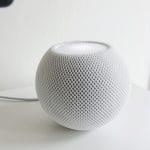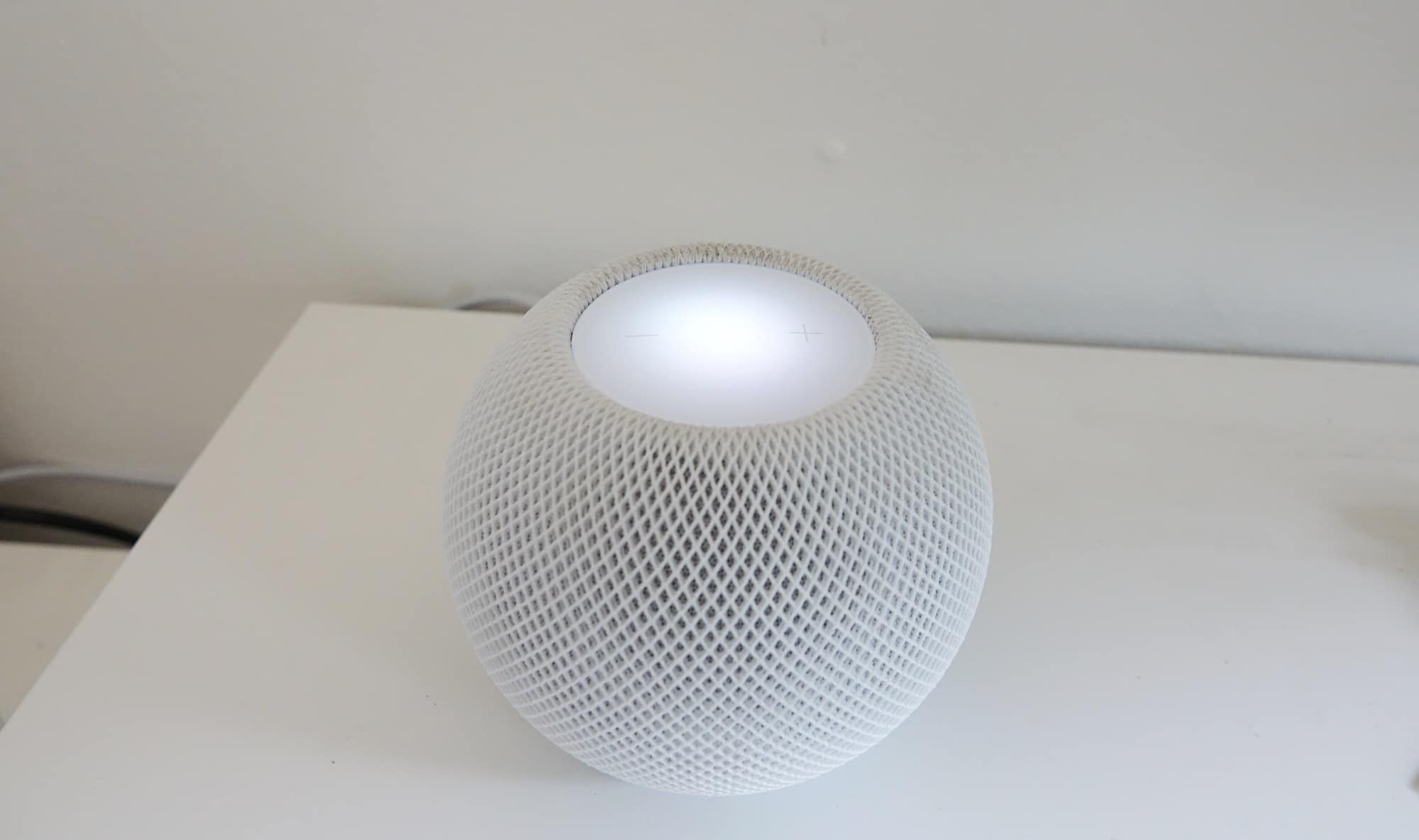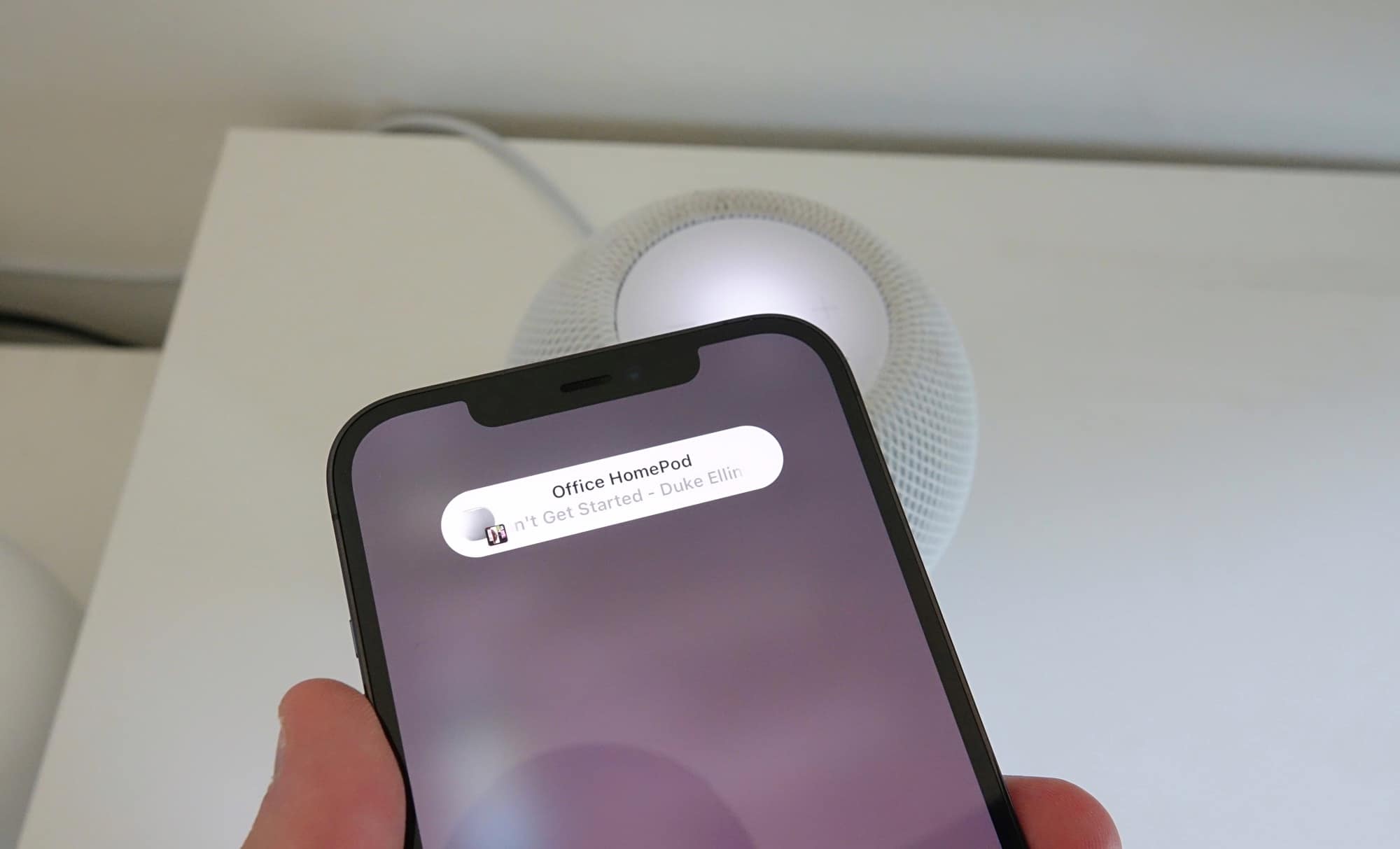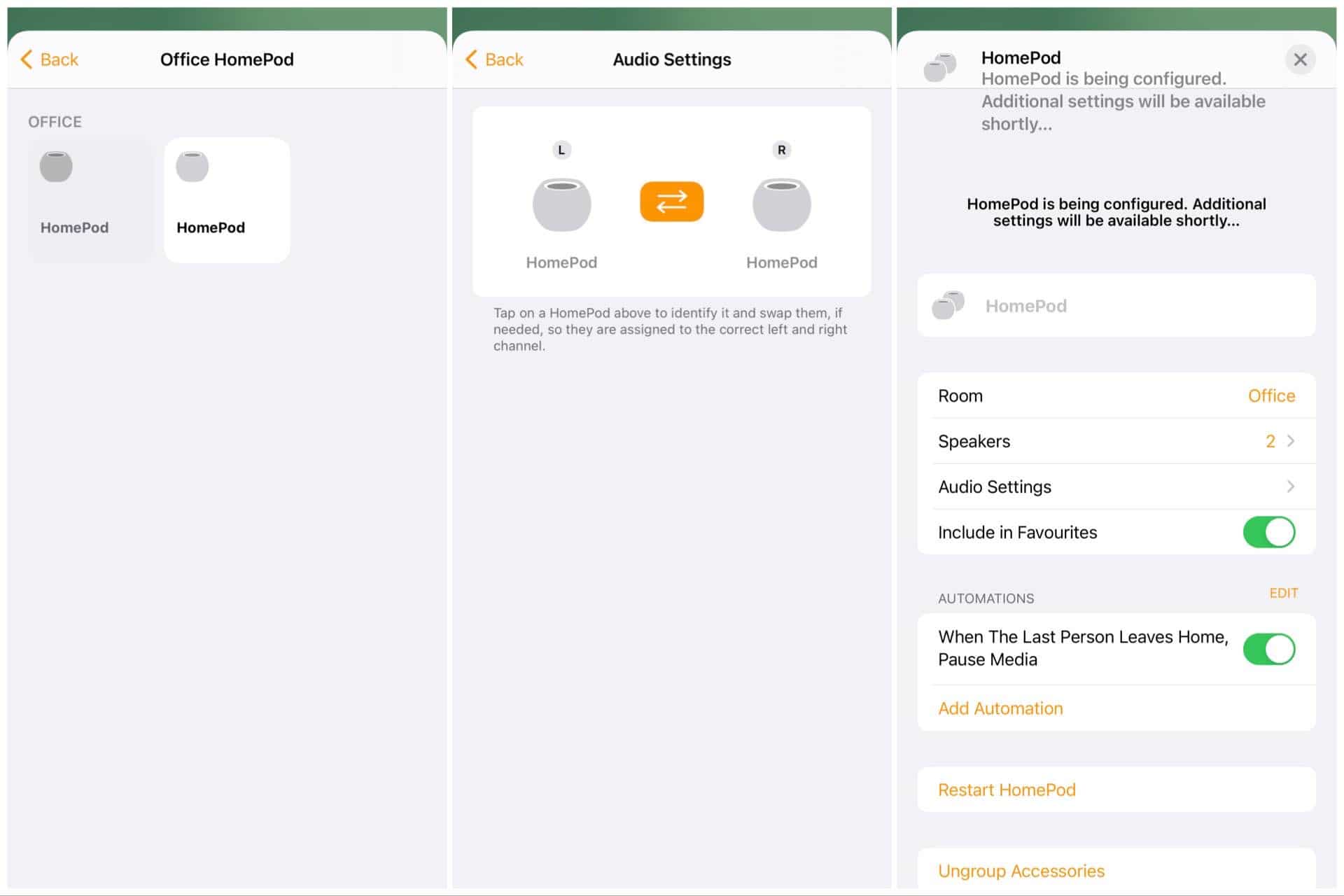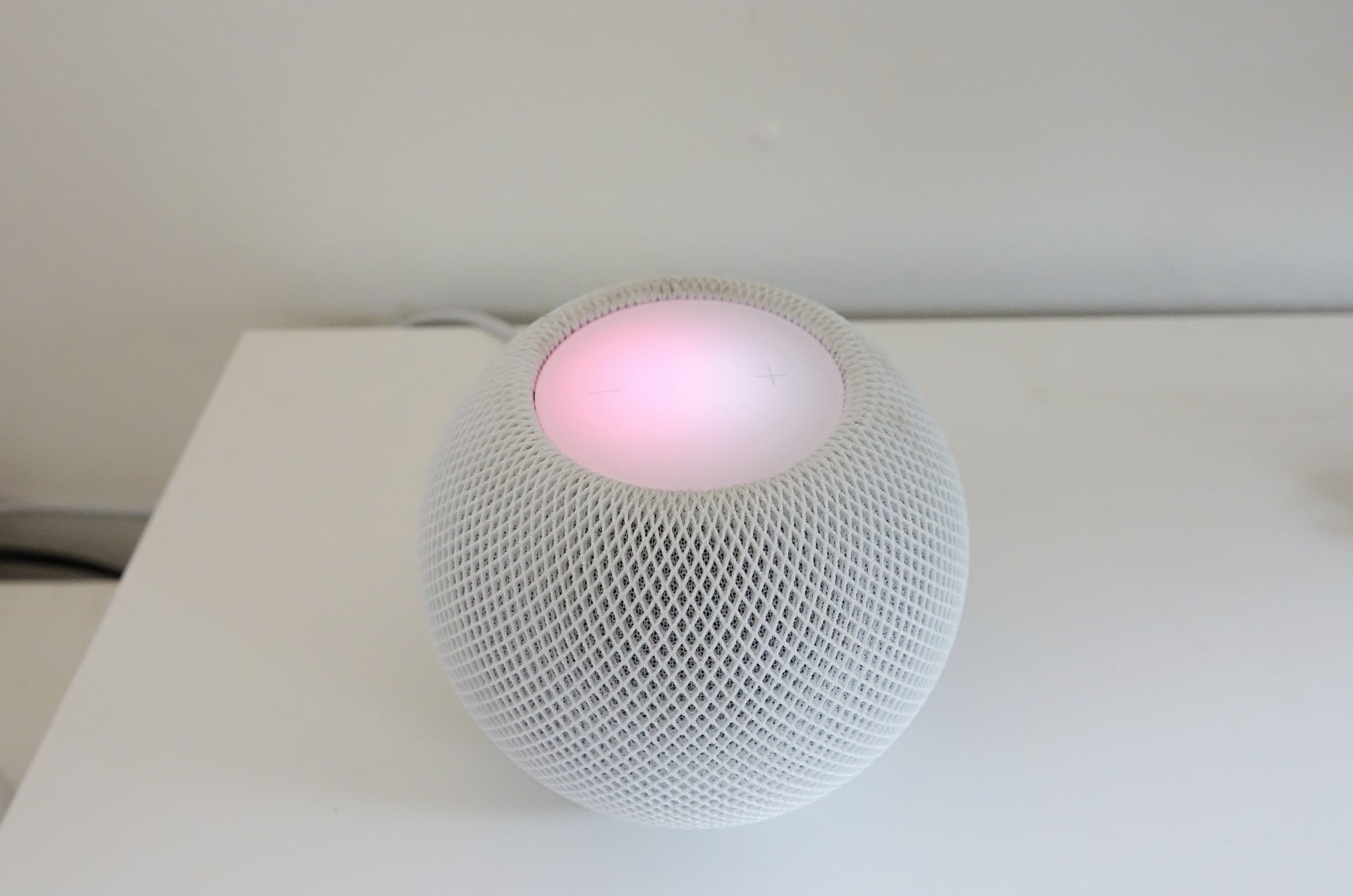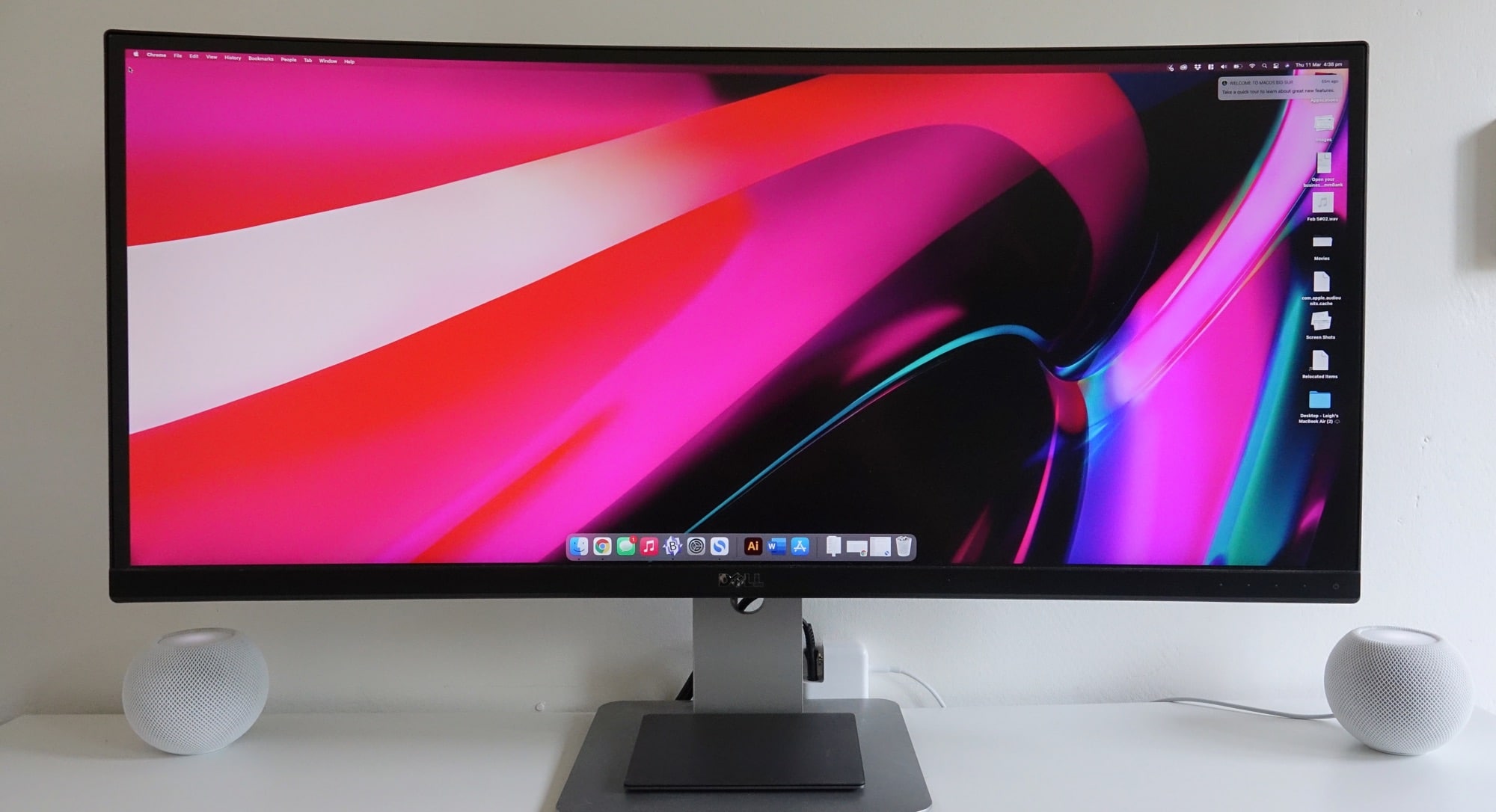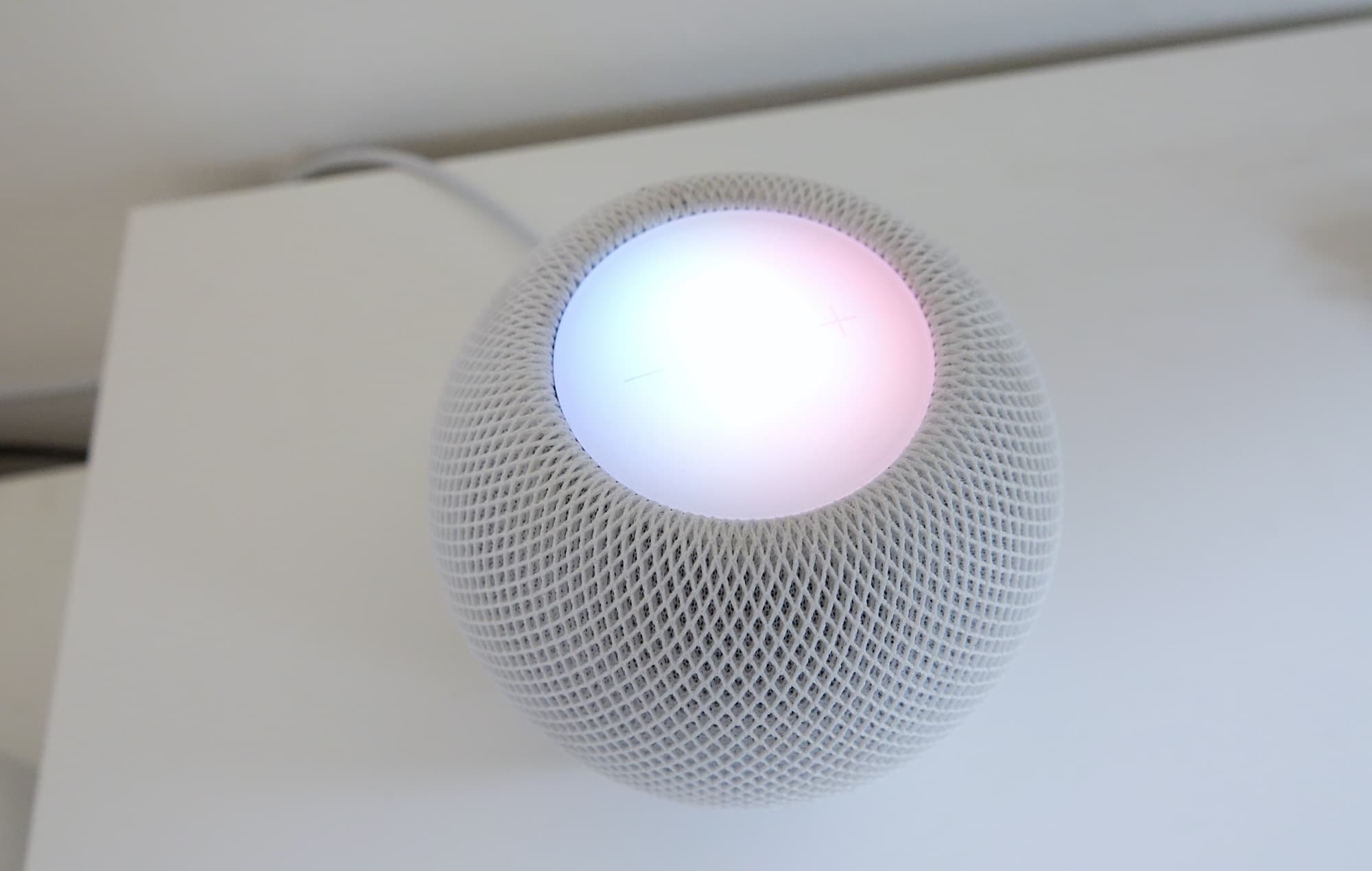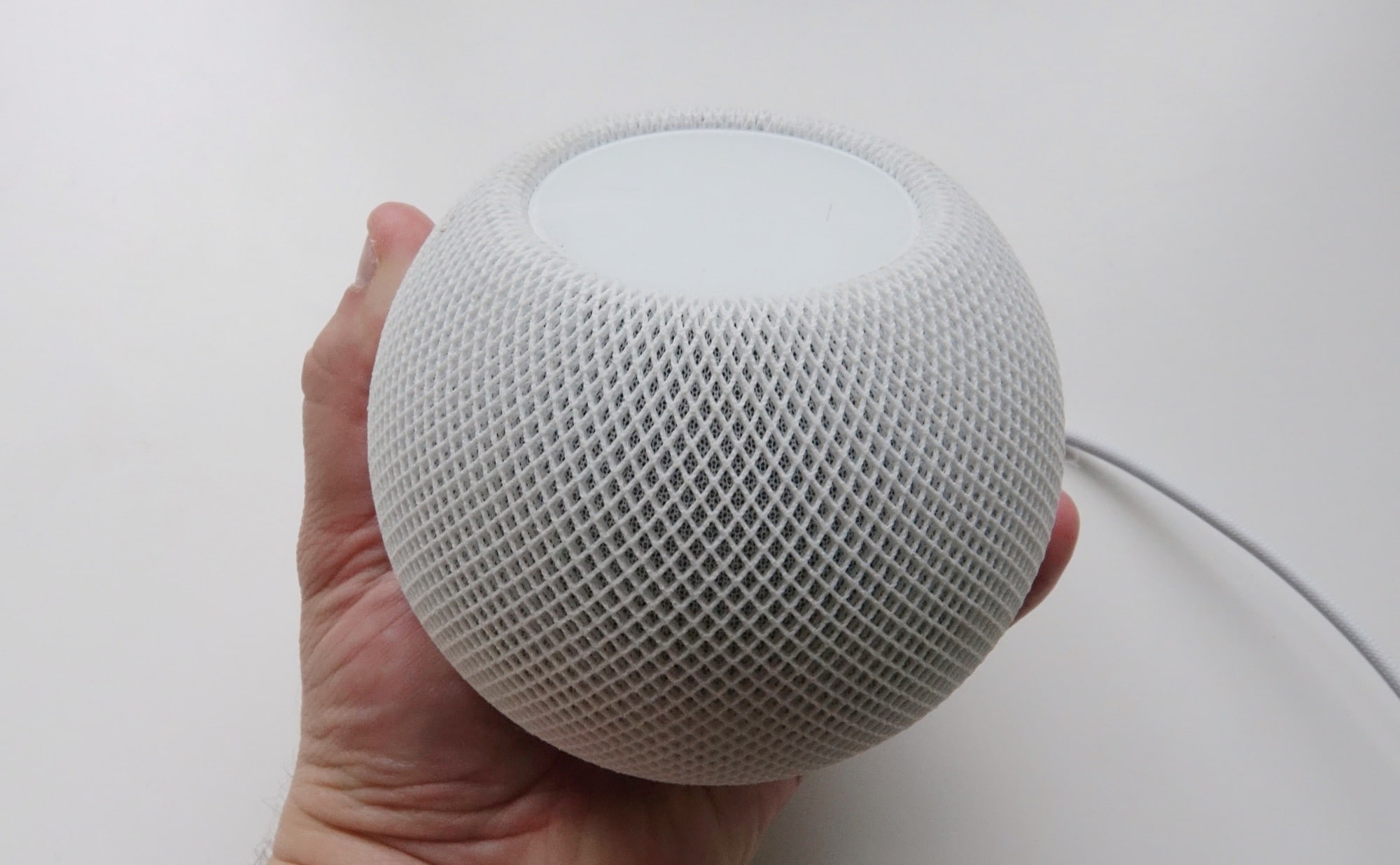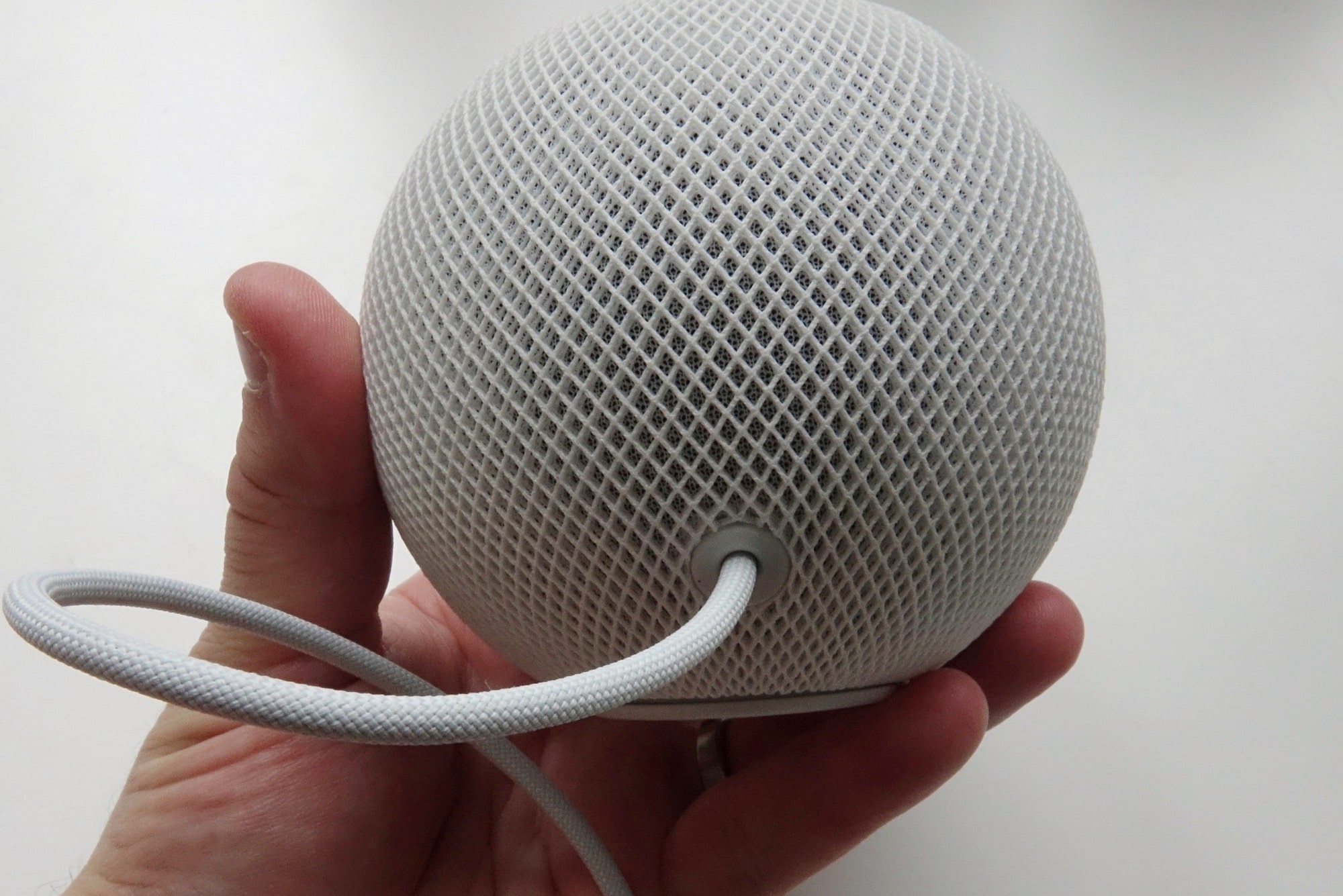Quick review
The good
The not-so-good
Amazon and Google now have competition in small speakers, as the HomePod Mini looks to deliver a cup of sound in a sharp and stylish speaker.
It’s been some time between releases from Apple in the speaker world, but the company behind the iPhone, the iPad, the Mac and more has been hard at work, building something else. With the big-sized HomePod out in 2018, the next model takes a much smaller look, with something similar in a smaller size.
The HomePod Mini is like that bigger HomePod, only it’s a more miniature take, relying on Apple’s familiar usage of the word “mini” for something a little smaller. You know the iPad Mini is a smaller iPad, while the iPhone 12 Mini is literally a smaller version of the standard iPhone 12.
And now, the HomePod Mini is like a smaller take on the standard HomePod, complete with a smaller price, to boot.
But what else has changed? Is the HomePod Mini really just a smaller take on the HomePod, with the same delivery of sound, or is it something else, something different?
Design and features
Looking a little like a cup of sound, the HomePod Mini is what happens when Apple takes the debigulator to one of its speakers, and revamps the design slightly again.
It’s basically a spherical take on Apple’s squished cylinder that is the HomePod, which is still delivering great sound, but is a little big for all homes.
In contrast, the HomePod Mini is positively pint-sized, marginally smaller than a Google Nest WiFi access point, and yet built for something else entirely: sound.
There’s a full-range driver inside, sitting between dual passive radiators, plus a little bit of plastic at the bottom called an “acoustic waveguide” that basically shapes how the sound flows out, moving to all 360 degrees rather than any specific angle, front or back.
This little cup of audio is encased in a netting that makes it stand out, with drivers inside and a touch panel up top that glows almost as if it were an interface from the future.
In-use
To control it, you’ll be able to talk to Siri to play things, because the HomePod Mini is an assistant speaker, and you can also touch the control pad up top, as well.
However you will want an Apple iDevice, because without one, the HomePod Mini doesn’t really work. This speaker has been made for folks living in an Apple world, and so Android users need not apply, as this thing is entirely made for iOS users.
You’ll use iOS to set the HomePod Mini up, and if you want to throw your music from iPhone to the HomePod Mini, you’ll bring it close to the speaker, where your phone will deliver some vibrating tactic feedback to kind of suggest you’re entering the forcefield of the tiny HomePod, and it’s about to synchronise the music from one place to the other.
You can even have it talk to other devices in your home, with Siri able to control HomeKit accessories like lightbulbs and such, and if you have other HomePods or HomePod Minis, you can use it as a form of intercom system, talking to other speakers in your home. It will even play nicely as a speakerphone for your iPhone.
But it is seemingly made just for folks who have an iPhone, and only them. Much like the big HomePod, this is a device meant for people living in an Apple world, and as such, it kind of operates like one.
Performance
Of course, the most important part is how it sounds, because while the HomePod Mini can control HomeKit devices in your home, be used as a speakerphone, and an intercom system to other HomePod devices, we suspect most people will use it as a sound system.
There are two ways to do this, listening to the HomePod Mini either by itself or with a second, so in this review, we’re going to try both.
One HomePod Mini sounds nice…
Testing with the Pickr Sound Test, which you can always listen to for yourself, we found the HomePod Mini takes a little bit of time to warm up by itself, with some of the bass a little on the light side, apparent only when you turn it up.
In electronic, we found a warm and earthy Tycho with more highs, while the Daft Punk lost some of details, the focus more on the highs. In fact, that was consistent in pop, where the bass only became more apparent in Carly Rae Jepsen when we turned the sound up, though the details could blend together.
Louder and the Apple HomePod Mini was better. In both “Uptown Funk” and “Ain’t No Mountain” (which you can find in our sound test), the results were warm like a speaker, but lacked the details.
Rock delivered a decent punch, but the details could feel lost. In Rage Against The Machine, you may never have felt the highs of Zack de la Rocha’s vocals so clear, simply because that was mostly what we could hear. The highs were the most prominent part, until we turned the sound up.
If you’re not content for that, you may find jazz and classical handle the HomePod Mini fine at the lower volumes and with one unit.
Essentially, we found less complex music delivers a better result with the HomePod Mini and bass. Paul Simon’s “You Can Call Me Al” and Christian McBride’s “Fat Bach and Greens” are good examples of this, with more balance amidst less complexity.
… but two HomePod Mini speakers sound better
This wouldn’t be a full review of the HomePod Mini if we didn’t attempt it covering two speakers, because we have two, so let’s try that, too.
When you have two HomePod Mini speakers together, it’s a totally different game. There’s more bass, but while it can be a touch understated, it sounds clearer and better overall.
The reduced bass of Tycho and Daft Punk now has more meaty bottoms, with the focus on the highs and the mids. There’s a solid punch of bass in Carly Rae Jepsen’s “Cut To The Feeling”, even if it doesn’t feel super detailed.
Rock is better. Jazz is better. Soul is better. Everything is better with two in the HomePod Mini, it seems.
Of course, two will cost more, because you’d need two to make it sound, well, better.
Value
Priced at $149, it’s a little more expensive than the other small speakers from Google and Amazon, the Google Nest Mini and Amazon Echo Dot respectively, and priced more like the larger speakers. Yet that’s also part of the charm.
The HomePod Mini is sized like one of those smaller speakers, but delivers a fair crack of an output not unlike the bigger speakers in some ways, and so you’re kind of getting the best of both worlds: the sound of a big speaker inside the size of a smaller one.
It’s not an entirely perfect approach, for sure, and we’ve found hits and misses in our testing, but the price isn’t overly a stretch, giving that Apple premium price tag a bit of a flex while keeping things somewhat normal.
Honestly, we’d prefer if the HomePod Mini was $99 locally, but at $149.95 each — and around $300 for two — we can still see value, even if there are things Apple could do to improve it.
What needs work?
It might be Apple’s first try at a HomePod Mini, but it’s still a device Apple has had some experience in building, and there are some things that still need some work, beyond the bass, which can feel a little lacklustre at points.
While this is clearly a speaker led by the mids, and one that comes across warmer in sound than you’d expect a speaker of this size to deliver, the bass can be hit and miss.
Even though Apple uses a processor from the Apple Watch Series 5 to control how it tweak the sound — something Apple says can make up to 180 changes per second — you may find the HomePod Mini excels at some music, and is less impressive at others. We were quite surprised that some tracks delivered more balanced approaches to bass than others, though were especially surprised when the HomePod Mini started to perform better not just at levels of increased volume, but also over time. Imagine our surprise that over time, the HomePod Mini appeared to get better, customising its system for improved sound overall.
It doesn’t always work brilliantly, and music with several layers to the sound tended to struggle more than music that had less going on.
We found tracks in jazz, classical, and classic rock often delivered a better balance of bass, mids, and highs than everything else, with modern pop and electronic, not to mention hard rock and hip-hop being a bit hit and miss. We found Rage Against The Machine’s “Take the Power Back” was positively restrained, while Rage’s “Killing In The Name” from our extended bass test delivered punch. Both are from the same album, and both mixed similarly, so it surprised us the HomePod Mini struggled with one and delivered sheer delight with the other.
Maybe the S5 chip didn’t get it right the first time, but then did later on. We’re not sure. Sufficed to say, the whole thing sounds so much better with two HomePod Mini speakers, rather than one. With two, you get bigger sound and better bass, not to mention a balance that makes the whole thing really deliver.
We’d also love it if Siri did more. While you can have the Apple smart assistant talk to another speaker and use it as an intercom, you can’t, for instance, ask her to play your music from Tidal or another service, even if you can play the music from your iPhone and bring that over to the HomePod Mini, “throwing” the music to your HomePod Mini.
If you ask Siri to open an app, she actually says “I’m sorry, I can’t open apps, sorry about that”. It’s a slight flaw, but one we’d love Apple to iron out.
And there’s even something we’d love ironed out Apple left from the first HomePod, that bigger model: the cable is built in.
We’re fairly sure we mentioned that in our review of the original, because it meant you had to be careful, and the same is true here. It also means you’re stuck with the length of USB Type C cable Apple equips the HomePod Mini with, and nothing longer. If you want to stretch the placement of your HomePod Mini speaker, you can’t detach the Type C cable from the Apple speaker, and kind of just need to deal with it.
There’s an easy solution here, but it’s one whereby Apple needs to put in a small port at the back. We’re guessing a built-in cable is more elegant, even if it’s one that may hamper how you set up your speakers, ever so slightly.
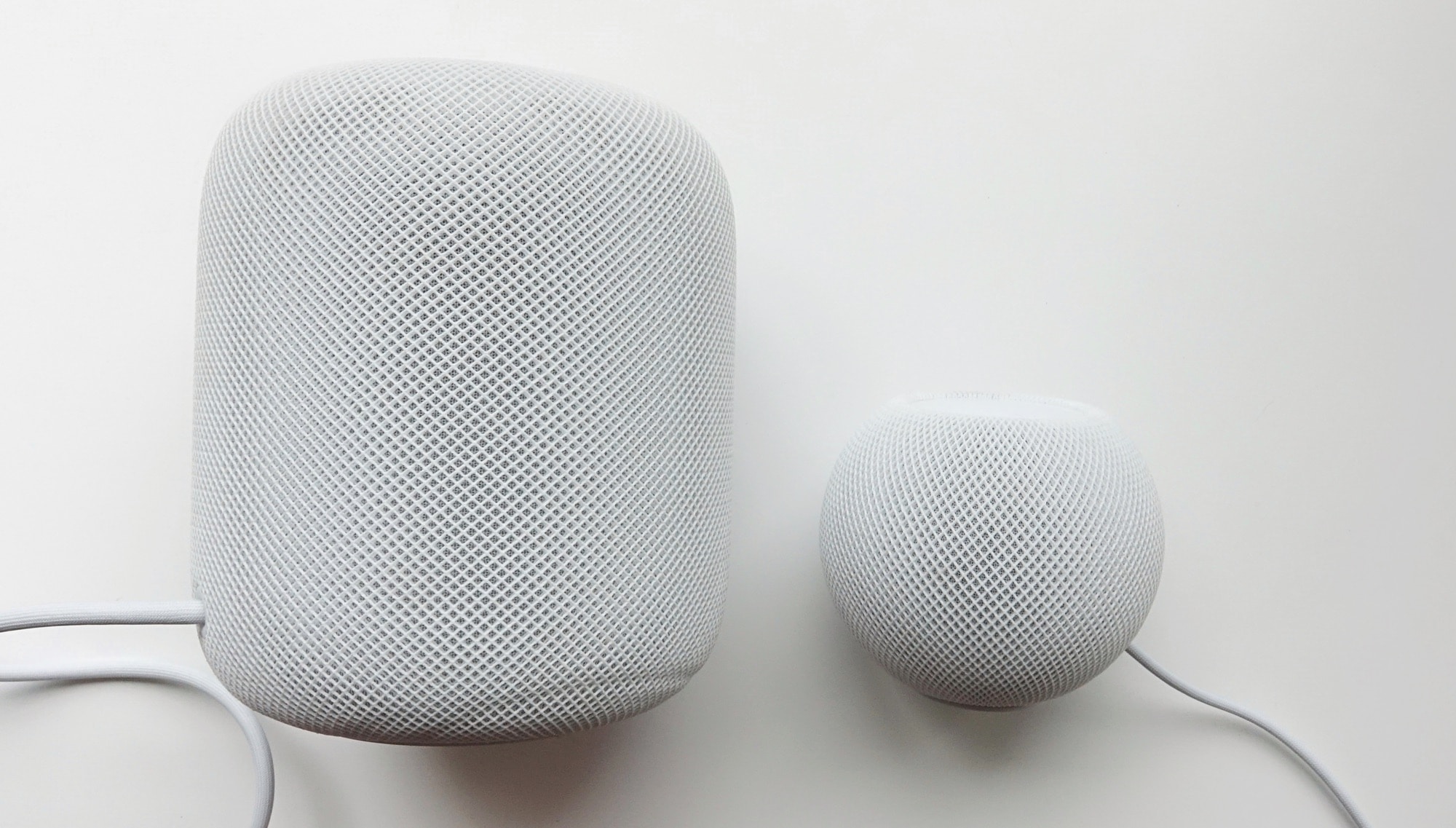
Final thoughts (TLDR)
But even without that, Apple’s HomePod Mini is a curiously cool little cup of sound. It’s not a Continental Cup, but it’s one that offers something delicious all the same: tasty grooves in a small size.
And it’s a cup that feels like it gets better over time, but is also better in a pair as opposed to just the one.
It’s almost as if Apple knew one was nice, but two make it better. And at the price the HomePod Mini is in Australia, two is surprisingly reasonable.
In many ways, two actually reminds us of a long departed set of Harmon/Kardon Sound Sticks, a speaker system which is so specifically Apple, you probably have to be an Apple fan from ages ago to even know what they are.
While there’s no subwoofer, sit two HomePod Mini speakers on either side of your Mac, and the assortment of sound manages to come across even better, with a different quality altogether. Specifically, an improved quality.
One HomePod Mini hard to recommend by itself, but in a pair, two Minis can make real sense. Worth checking out, especially if you’re living in the Apple system for everything else.
